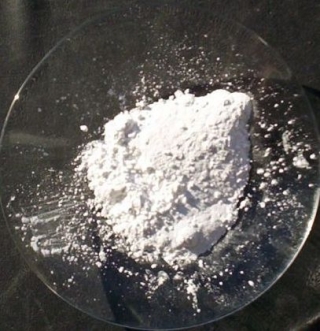
Magnesium carbonate is the perfect example of how climbing becomes much simpler when sweat is removed from the palms. By eliminating moisture, friction improves, making it easier to climb.
Magnesite comes in various forms:
- Loose powder – Easy to refill, though it has the downside of spilling easily outside the chalk bag. Sold in sachets or jars.
- Ball – Reduces residue, is cleaner, doesn’t spill, and lasts longer. It’s magnesium powder wrapped in a fine mesh.
- Liquid – Applied directly to hands before climbing; once dried, it forms a film with the same effect as powder.
- Block – Consists of compressed magnesium carbonate that crumbles when pressed.

Carrying it while climbing won’t be a hassle. Simply attach it to your belt for quick and easy access. Otherwise, you won’t be able to dip your hand into the bag when you need magnesite, which could leave you in a tricky situation at height. As a tip, we recommend using a larger bag so the opening is wider, allowing faster access. The only drawback is that it’s slightly heavier.
Magnesite is ideal for rock climbing, and on more than one occasion, climbers use this chalk to mark their route before starting, making the climb easier.

When using it, be careful around sensitive areas like the eyes, nostrils, or mouth, as it may cause allergic reactions.
In any case, don’t forget to bring this essential item for a more comfortable climb.












